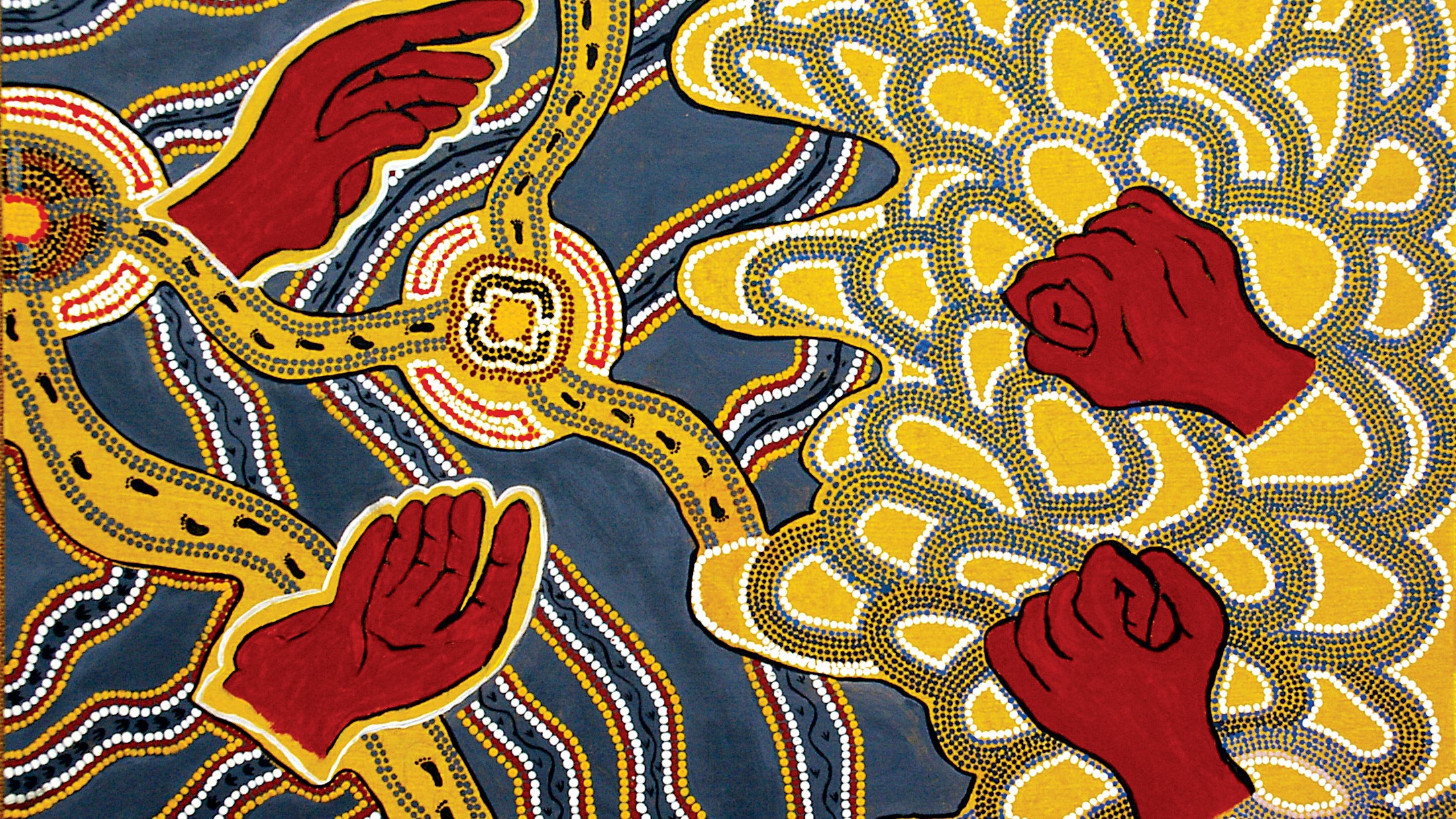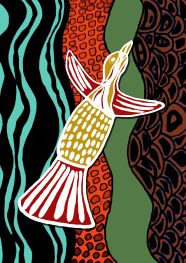
2014 Seminars
Presentation Type
Presentation
Location
The University of Notre Dame Australia, Broome Campus
Start Date
18-9-2014 12:30 PM
Description
William will outline his current PhD research, an 18-month ethnographic study of two Indigenous media organizations in Broome and regional remote Aboriginal communities. This research aims to better understand the recent rise of the NITV and ICTV national Aboriginal TV networks, and the two media sensibilities that they represent. By following the social lives of media through collaboration on production teams, he seeks to help articulate current tensions and paradoxes of contemporary Aboriginality embedded within the daily practices of diverse video projects. In this talk he focuses on the intangible social benefits of the media production process.
With high levels of media productivity and success in Aboriginal activism, the Kimberley region provides an ideal backdrop for understanding the stakes at play in how Indigenous media makers arrive at particular representations. Namely, to what ends do they endeavour to make video programs that are at once locally relevant, politically salient, activist orientated, financially viable, and appealing to a diverse audience? Through this research William seeks to help complicate enduring and limiting binary divisions between traditional and modern—and urban and remote—Aboriginal Australia. He welcomes feedback and suggestions at this early stage of his fieldwork.
Recommended Citation
Lempert, Willi, "“The Social Benefits of Indigenous Media Production”" (2014). Talking Heads Seminar Series. 7.
https://researchonline.nd.edu.au/nulungu_talkingheads/2014/schedule/7
“The Social Benefits of Indigenous Media Production”
The University of Notre Dame Australia, Broome Campus
William will outline his current PhD research, an 18-month ethnographic study of two Indigenous media organizations in Broome and regional remote Aboriginal communities. This research aims to better understand the recent rise of the NITV and ICTV national Aboriginal TV networks, and the two media sensibilities that they represent. By following the social lives of media through collaboration on production teams, he seeks to help articulate current tensions and paradoxes of contemporary Aboriginality embedded within the daily practices of diverse video projects. In this talk he focuses on the intangible social benefits of the media production process.
With high levels of media productivity and success in Aboriginal activism, the Kimberley region provides an ideal backdrop for understanding the stakes at play in how Indigenous media makers arrive at particular representations. Namely, to what ends do they endeavour to make video programs that are at once locally relevant, politically salient, activist orientated, financially viable, and appealing to a diverse audience? Through this research William seeks to help complicate enduring and limiting binary divisions between traditional and modern—and urban and remote—Aboriginal Australia. He welcomes feedback and suggestions at this early stage of his fieldwork.




